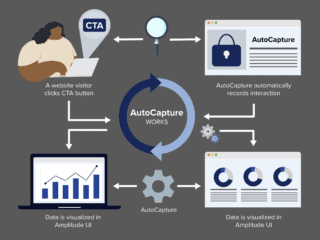Earlier this week, I had a very interesting meeting with one of our clients. The client is in B2B and they offer a turn-key product/service. I was reviewing the monthly KPI report with the president of the company and one of metrics showed a significant improvement in conversion (it is a lead gen site). The goal we were tracking was to submit a request for more information.
So we were excited about the increase in conversion and the number of the leads the client is now getting. The increased in leads showed a solid trend, every month of last quarter and in October as well. Everyone is happy! Cost per lead is dropping down, the sales team is busy with leads, etc. We also looked deeper and traced the conversion to one referring site that we started to advertise on heavily few months ago. All is good and we are now thinking of increasing the ad spend on this one particular site.
Maybe not so quickly! One thing I learned from reading all the Web Analytics books and blogs is that you always want to question the data and verify data accuracy and assumptions quantitatively and qualitatively. We started by reviewing the stats from the referring site and they more or less matched up with the stats in our analytics tool.
We are now very close to celebrate, until we started to look at the actual lead submission data. The client was reluctant to give us access to the qualitative data (or maybe we didn’t articulate its importance as effectively as we should have). It turned out that in a 3-day period we had 13 leads (through our lead gen form) and 12 out of the 13 were not relevant at all, they were actually submissions from suppliers pitching their own services to our client! Unbelievable! If we had 100 visits generating this number of leads our effective conversion rate has now dropped from 13% to 1%!!!
So what is the actionable insight here? Improve the analytics process to include review on lead submission data (or a sample of it). We have since improved our KPI reporting and made it part of the process to verify the quality of the leads, and not just the number of leads. The good news is we have a very specific action plan to improve the conversion rate off this referring site and attract future quality leads. And the other piece of good news is that we have other campaigns are generating very good leads (so the client is still happy with us :))
As our friend Avinash reminds us, it is not just about reporting or analysis, it is about data accuracy.


















